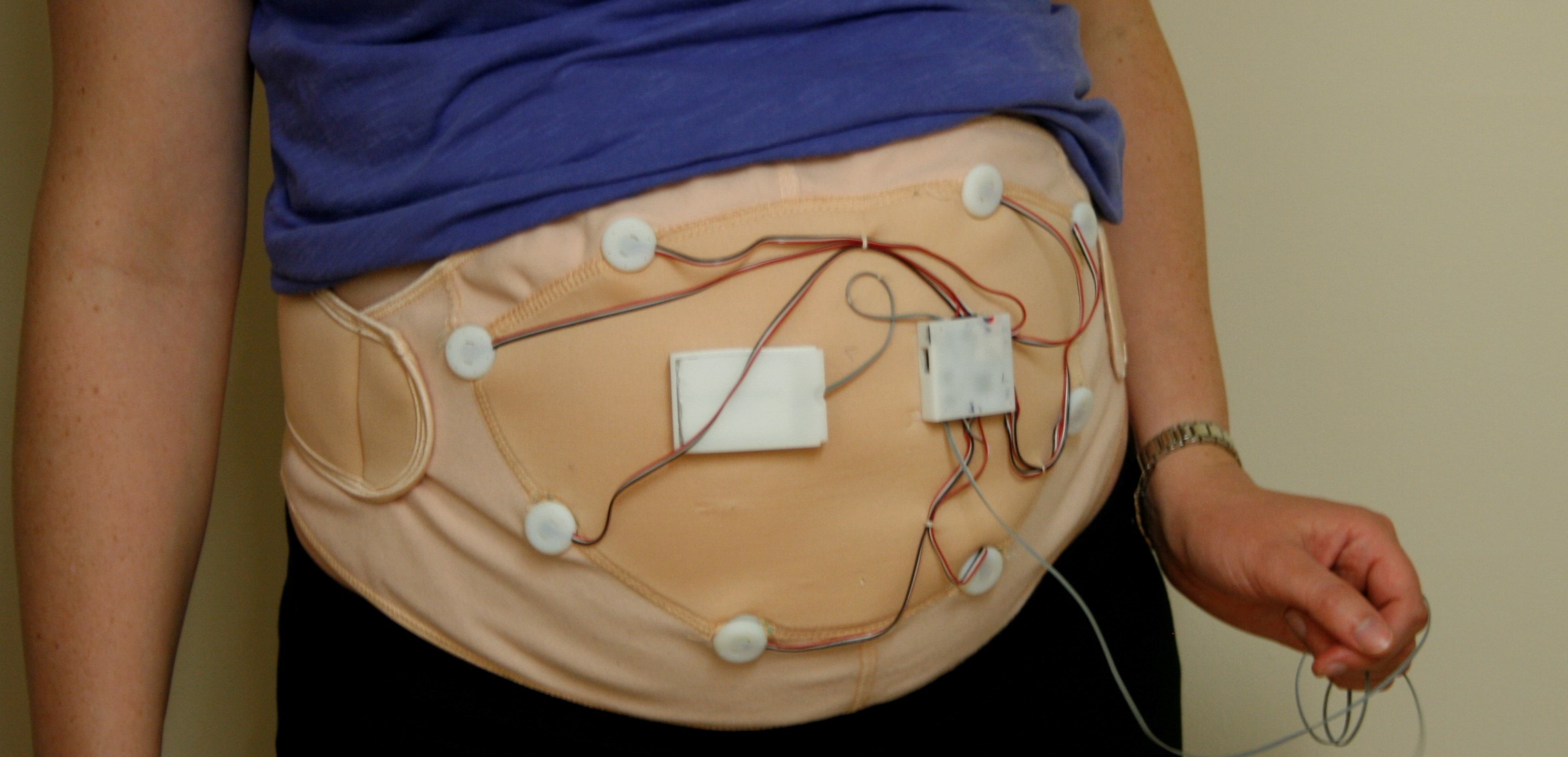Research Projects
The biomechatronics lab is involved in a number of projects. You will find some information on both current and past projects in the pages below.
Muscle Sounds in Gesture Recognition
Samuel Wilson
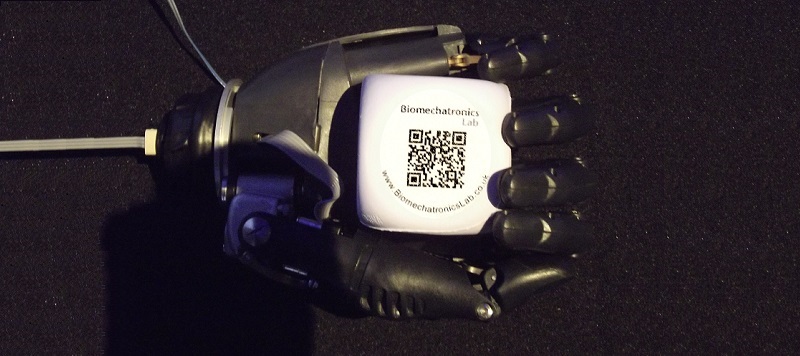
Quantifying symptoms of Parkinson
Weiguang Ho/Paolo Angeles
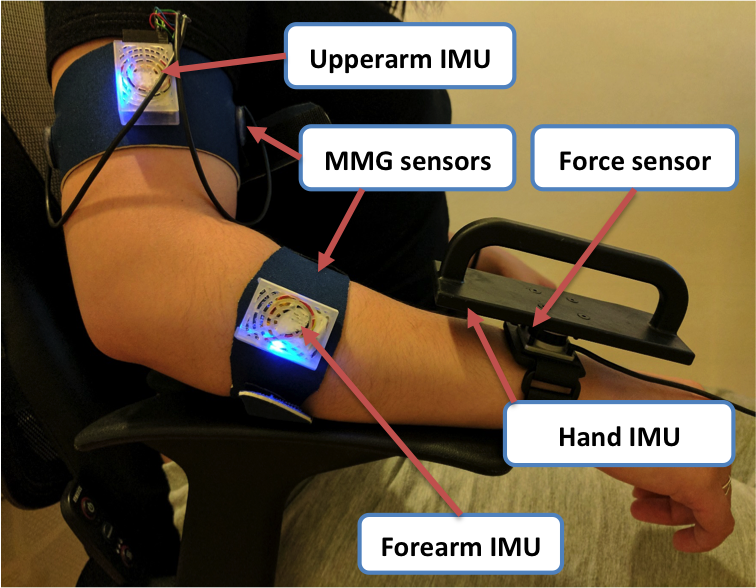
Motion-based Grasp Selection
Marcus Gardner
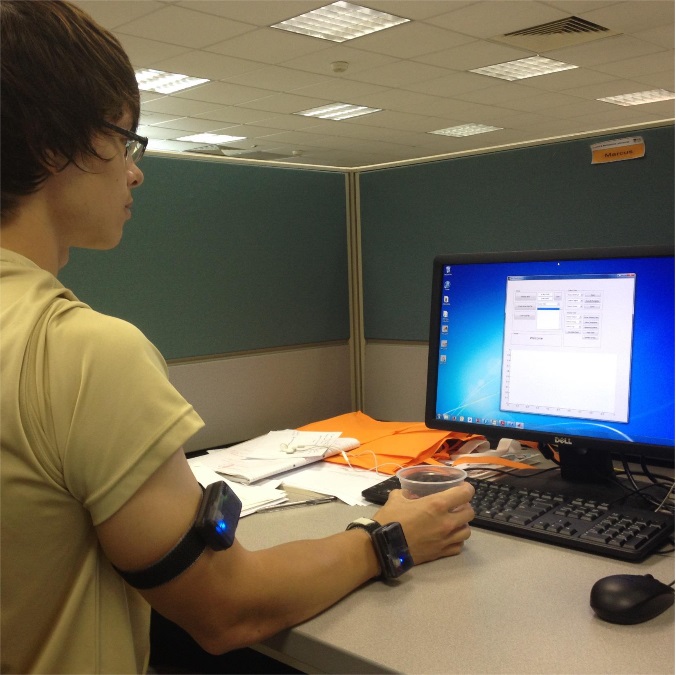
Sensory Motor Interface for Lower Extremity Robots ...
Filip P. Paszkiewicz, Samuel C. Wilson
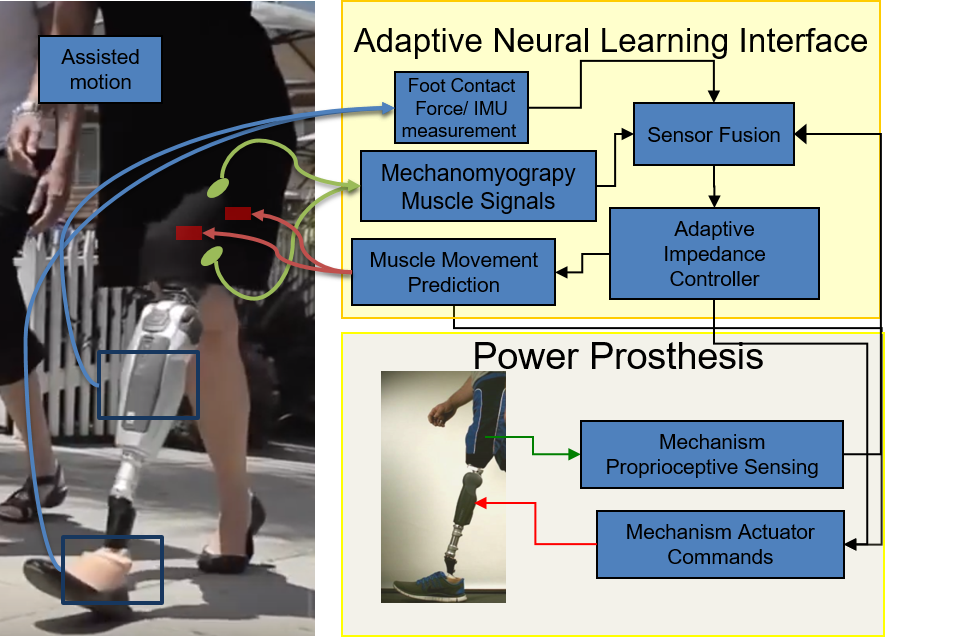
Neurological Dysfunction in Balance: an Integrated ...
James Clarke

Unilateral Exoskeleton for Post-stroke Gait Rehabi ...
Christopher Caulcrick
Investigating novel forms of brain machine interfa ...
Thomas Martineau

A Complete Robotic Knee As a Tool for a Better Und ...
Felix Russell
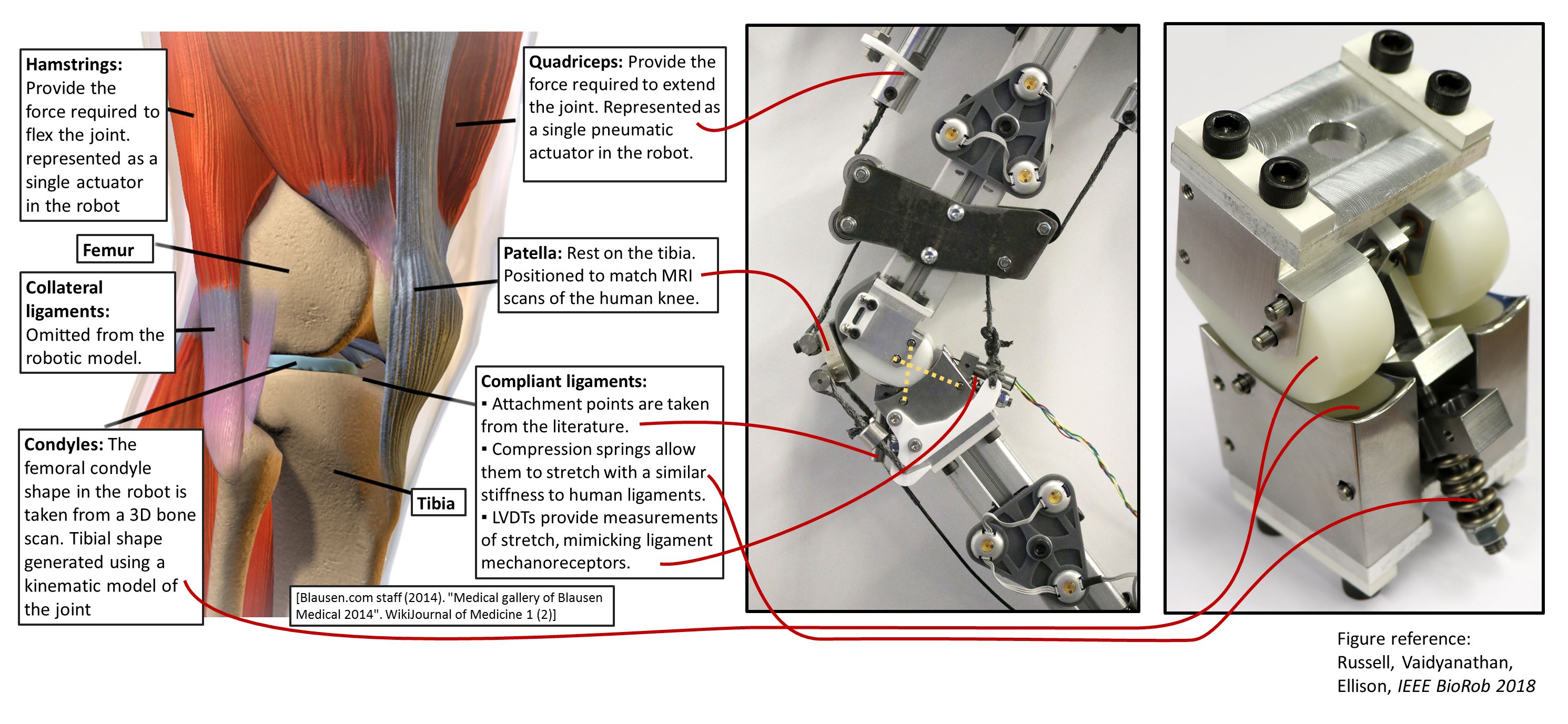
Stroke Lesion Symptom Mapping
Lewis Formstone

Morphing (Flying/Crawling) Robots
Richard Bachmann
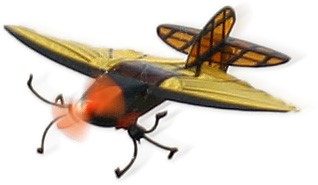
Amphibious Robots
Alexander Boxerbaum/ Matthew Kline
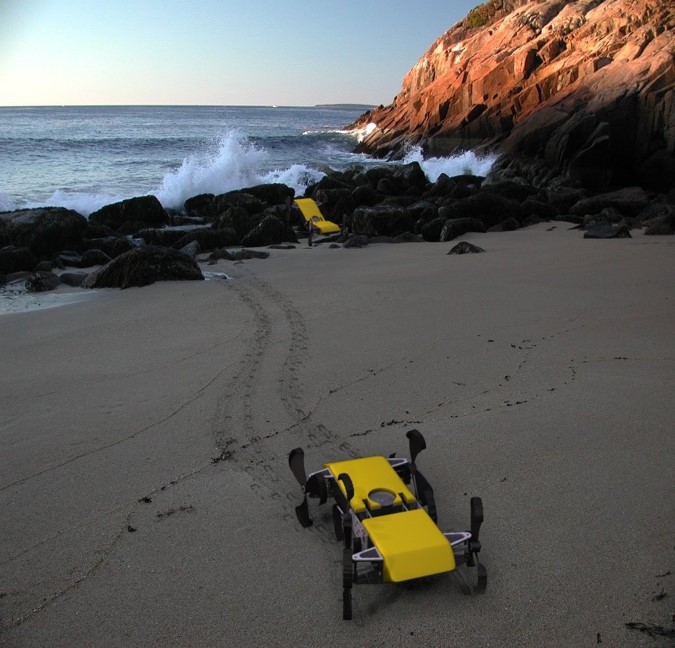
Insect Inspired Autonomy
Charles Williams
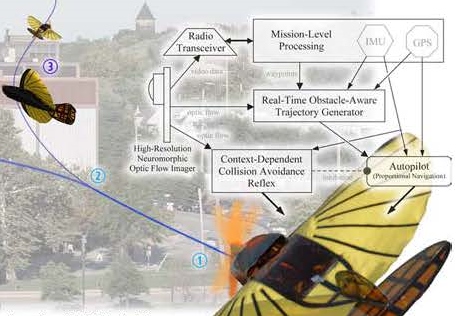
Rapidly Customizable Hand Exoskeleton
Thomas Burton/Thomas Martineau
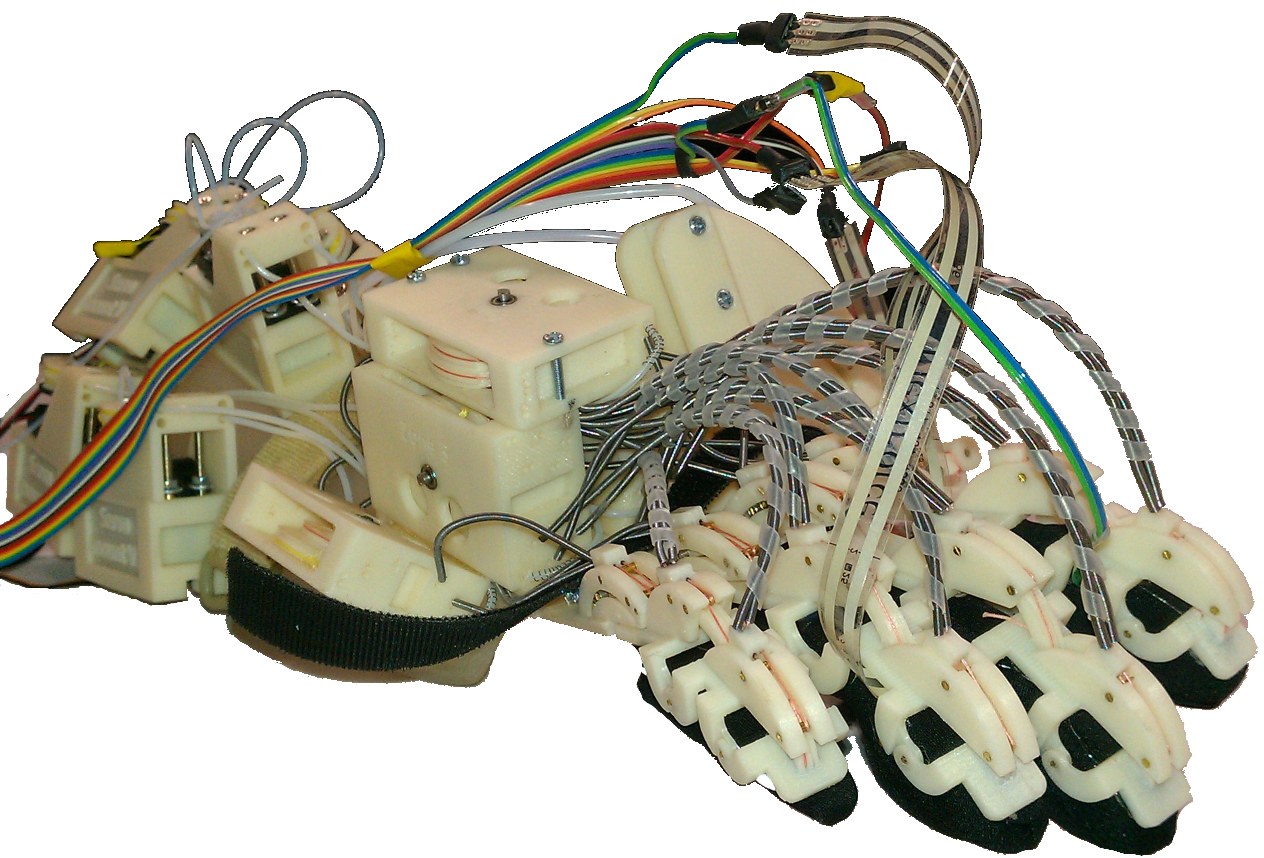
Emotional Robotics
Ravi Vaidyanathan/Suresh Devasahayam
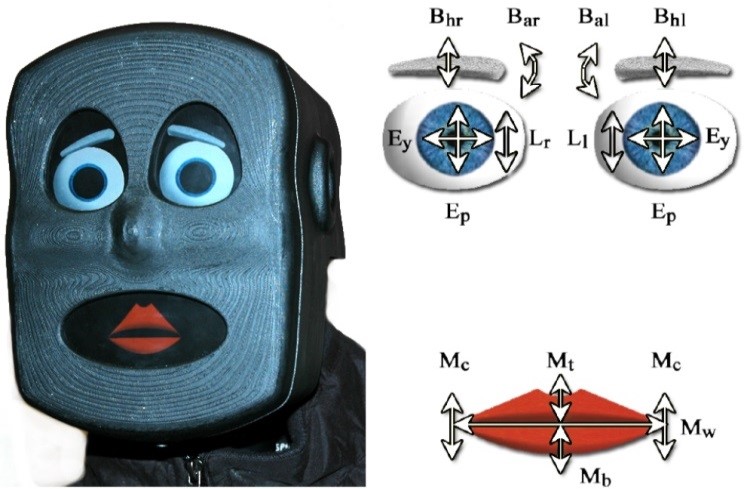
M-Mark Stroke Rehabilitation System
Alexander Wolff
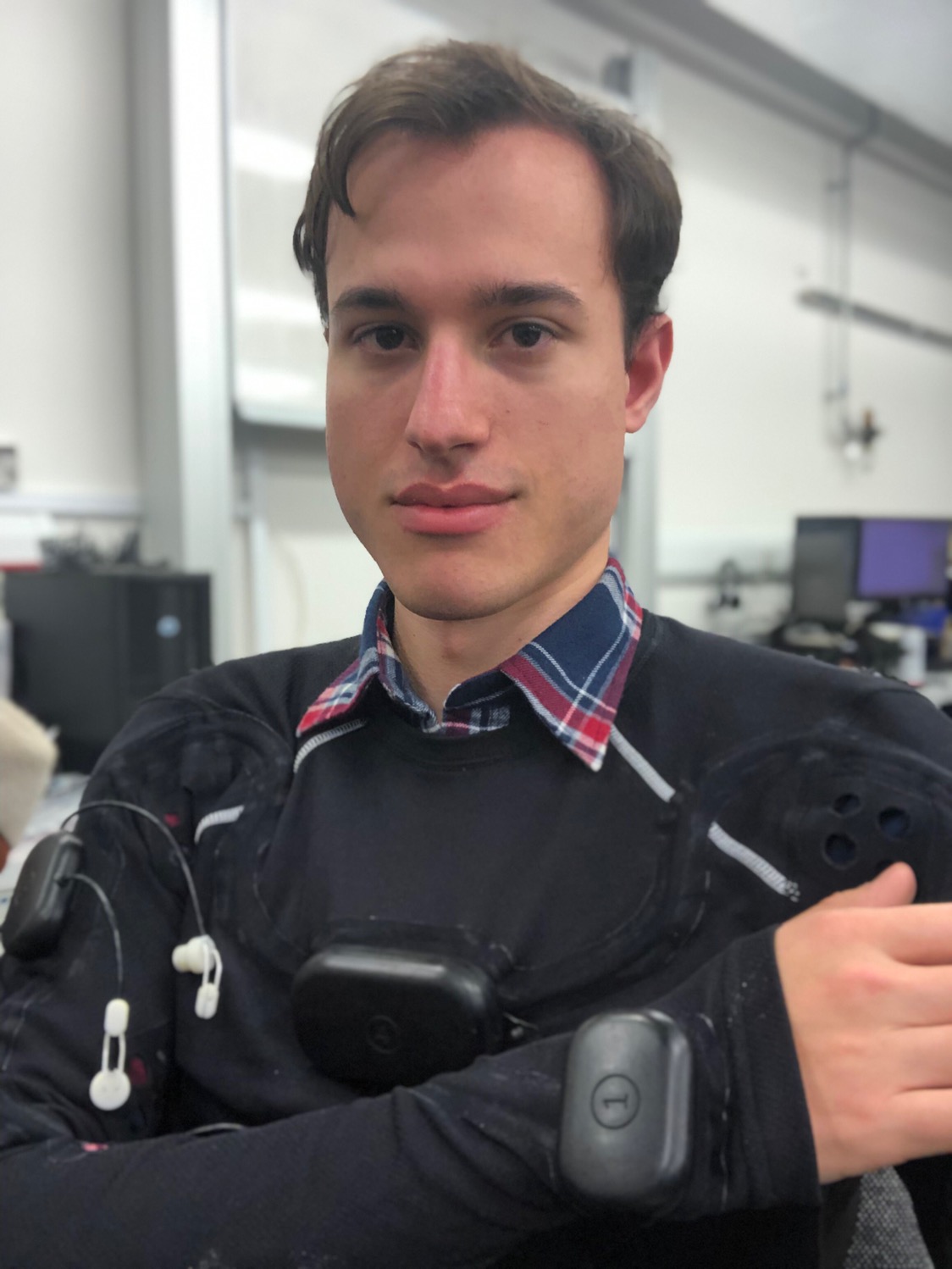
Wearable Fetal Movement Monitor
Abhishek Kumar Ghosh
